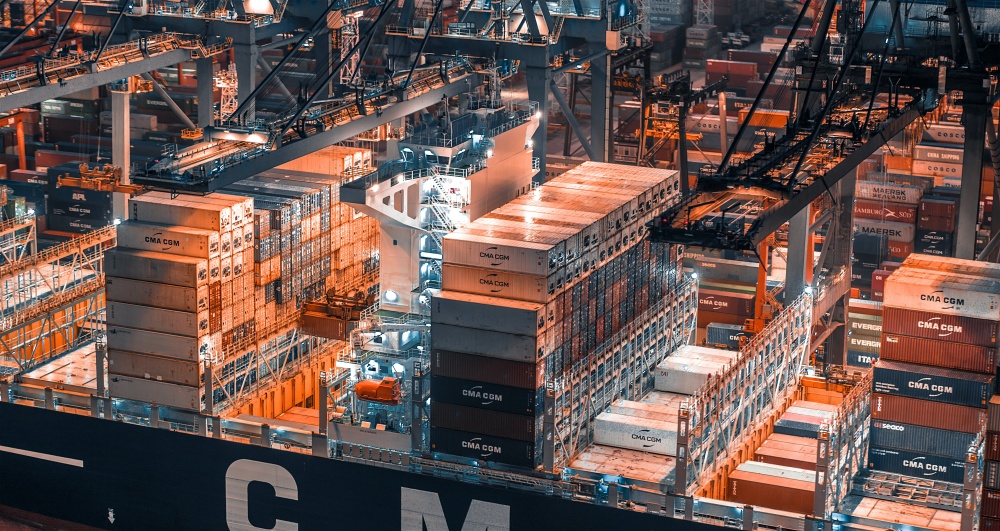Singapore’s position as a global trade hub exposes its businesses to various supply chain risks, ranging from natural disasters and geopolitical tensions to pandemics and economic uncertainties. In recent years, the need for supply chain resilience and robust risk management strategies has become increasingly evident, prompting businesses in Singapore to rethink their inventory management practices. This essay examines the importance of supply chain resilience and risk management in Singapore and discusses the strategies adopted by businesses to optimize their inventory in the face of disruptions.

Challenges in Supply Chain Resilience: Singapore’s reliance on global supply chains exposes businesses to vulnerabilities such as transportation delays, supplier disruptions, and geopolitical instability. These challenges can have far-reaching implications, including production delays, inventory shortages, and revenue losses. Moreover, the interconnected nature of supply chains means that disruptions in one part of the world can ripple through the entire supply network, amplifying the impact on businesses in Singapore.
Diversification of Suppliers: To enhance supply chain resilience, businesses in Singapore are increasingly diversifying their supplier base. By engaging multiple suppliers across different geographical regions, industries, and supply chain tiers, businesses can mitigate the risk of disruptions caused by localized events or supplier failures. Moreover, strategic supplier diversification enables businesses to negotiate better terms, improve supply chain flexibility, and ensure continuity of operations during times of crisis.
Stockpiling Critical Inventory: In addition to diversifying suppliers, businesses in Singapore are stockpiling critical inventory to buffer against supply chain disruptions. By maintaining safety stock levels of essential components, raw materials, and finished goods, businesses can minimize the impact of unexpected disruptions on production and order fulfillment. However, striking the right balance between inventory levels and carrying costs is crucial to avoid overstocking and tying up capital unnecessarily.
Implementation of Robust Risk Management Frameworks: Effective risk management is paramount to supply chain resilience, and businesses in Singapore are investing in robust risk management frameworks to identify, assess, and mitigate supply chain risks proactively. These frameworks encompass a range of strategies, including risk mapping, scenario planning, and contingency planning. By anticipating potential risks and developing response strategies in advance, businesses can minimize the impact of disruptions and maintain business continuity.
Utilization of Technology for Supply Chain Visibility: Technology plays a pivotal role in enhancing supply chain visibility and resilience. Businesses in Singapore are leveraging advanced technologies such as blockchain, Internet of Things (IoT), and real-time tracking systems to monitor supply chain activities, track inventory movements, and identify potential risks in real-time. By gaining greater visibility into their supply chains, businesses can identify bottlenecks, optimize logistics routes, and respond swiftly to disruptions, thereby enhancing supply chain resilience.
Conclusion: In an increasingly volatile and uncertain global environment, supply chain resilience and risk management have become imperative for businesses in Singapore to thrive. By diversifying suppliers, stockpiling critical inventory, implementing robust risk management frameworks, and leveraging technology for supply chain visibility, businesses can optimize their inventory management practices and mitigate the impact of disruptions on their operations. Through proactive risk management strategies, businesses can build resilience, maintain competitive advantage, and ensure long-term sustainability in the face of evolving supply chain challenges.

